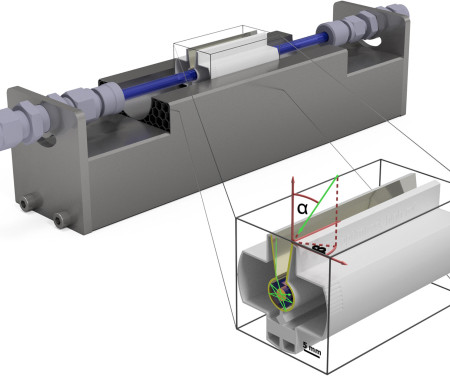KIT team designs low-cost photoreactor for efficient solar-driven synthesis
Green Car Congress
JUNE 24, 2023
Researchers from the Karlsruhe Institute of Technology (KIT) and their Canadian partners have designed a low-cost photoreactor design for solar-driven synthesis. Until now, however, the technology has mainly been found in the laboratory because the costs of producing solar hydrogen were simply too high. Kant et al.












Let's personalize your content